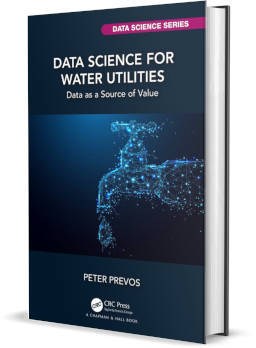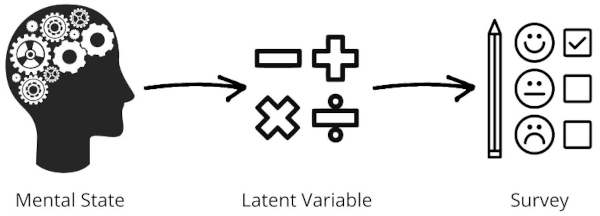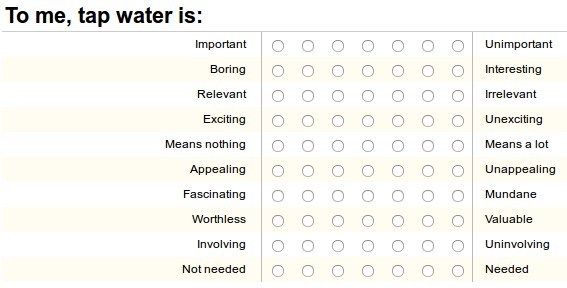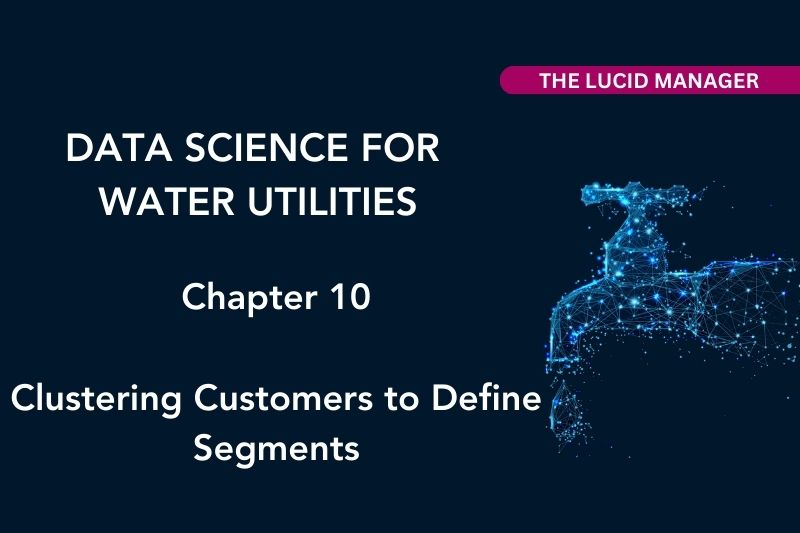
Analysing the Customer Experience

Peter Prevos |
651 words | 4 minutes
Share this content
Summarising data through descriptive statistics such as averages, percentiles or variances does not add new knowledge but merely summarises what you already know. This chapter of Data Science for Water Utilities introduces basic inferential statistics, a set of methods for finding patterns in data to create new knowledge. Technical professionals often focus on the tangible aspects of services and measure performance in physical units. Technical data does, however, only tell part of the story of the customer experience. Analysing the customer experience requires different techniques to analyse data compared to physical processes. This chapter discusses how to use surveys to learn how customers experience services and demonstrates some techniques to explore this type of data using the R language. The learning objectives for this chapter are:
- Understand the principles of measuring the customer experience with surveys
- Assess the reliability of surveys with a correlation matrix
- Assess the validity of surveys using factor analysis

Data Science for Water Utilities
Data Science for Water Utilities published by CRC Press is an applied, practical guide that shows water professionals how to use data science to solve urban water management problems using the R language for statistical computing.
The data and code used in this chapter are available on GitHub:
Measuring Mental States
Suppose we like to know how somebody feels or what they think about something, such as the quality of service their water utility provides. In that case, we need to measure their mental state. There is currently no direct method to measure mental states, so we use indirect methods such as customer surveys. The basic idea is the way somebody completes a survey is causally related to their state of mind.

This chapter analysis a scale for consumer involvement where customers answered the following question bank of ten items:

Reliability and Validity
The basic principle of measuring a mental state using a survey is that we have a group of questions that relate to the same underlying mental construct. We need to evaluate reliability and validity to assess whether the survey items measure the underlying latent variable.
The reliability of a survey relates to the extent to which the answers to the survey items are internally consistent. The internal reliability of a survey can be informally assessed by reviewing the extent to which each of the items in the survey correlates with each other. The psych package provides more advanced methods, such as Cronbach Alpha, to assess reliability.

The validity of a survey is broadly the extent to which it measures the underlying mental states. One of the methods to assess validity is factor analysis.
This previous article about using factor analysis to measure consumer involvement summarises how to undertake exploratory factor analysis.
Analysing the Customer Experience Screencast
Chapter eight of Data Science for Water Utilities explains the theory of measuring the customer experience and how to implement it in R in more detail. This screencast runs through the code in the customer experience chapter.
The data and code used in this chapter are available on GitHub:
Additional Resources
Surveys are a useful tool to analyse what customers think about tap water. Still, it can be better to move outside the formalities of the survey and use the customer's own words. Sentiment analysis using tweets about tap water can provide illuminating insights.
My other book Customer Experience Management for Water Utilities by IWA publishing delves deeper into using marketing theory for urban water supplies.

Customer Experience Management for Water Utilities: Marketing Urban Water Supply
Practical framework for water utilities to become more focused on their customers following Service-Dominant Logic.
Other Chapters
Previous Chapter: Managing Dirty Data
Next Chapter: Basic Linear Regression.
Feel free to contact me if you have any comments, suggestions or questions about this book.
Share this content


